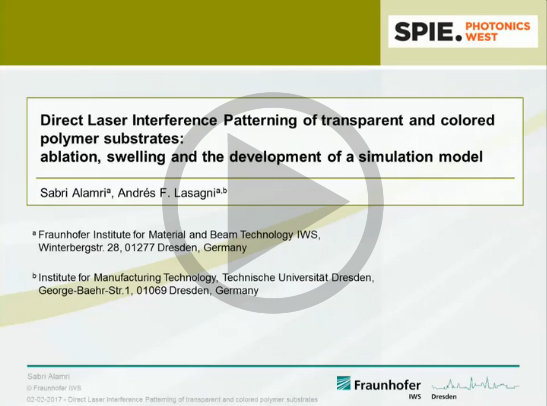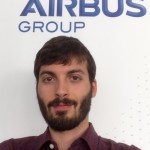Results of the work in the Laser4Fun project has been published as:
F. Fraggelakis, G. Mincuzzi, J. Lopez, Inka Manek-Honninge, R. Kling, “2D laser induced periodic surface structures with double cross-polarized pulses,” Proc. SPIE 10520, Laser-based Micro- and Nanoprocessing XII, 105200L (19 February 2018); doi: 10.1117/12.2287841
Abstract
We present a systematic study on the generation of 2D surface structures on stainless steel, using double, crosspolarized femtosecond pulses with variable interpulse delay. We demonstrate the combined effect of the interpulse delay and key process parameters in order to obtain periodic structures. The sets of double pulses were produced utilizing a modified Michelson interferometer with interpulse delay varying from -100 ps to +2 ns. The study was carried out with an industrial laser having pulse duration of 350 fs, emitting in the near infrared (λ = 1030 nm), operating at 100 kHz coupled with a Galvo scanner. We evaluate the obtained surface morphology and structure period using SEM characterization and Fourier analysis.
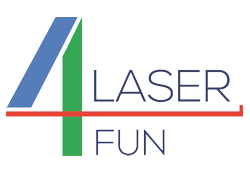
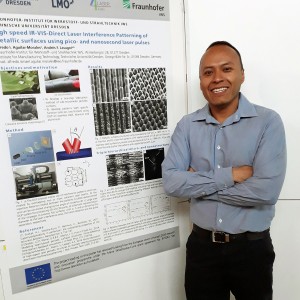
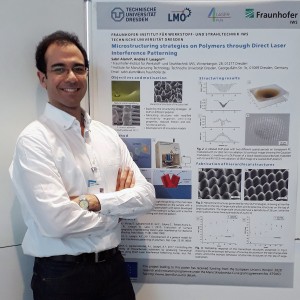
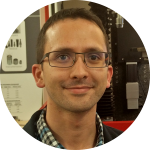
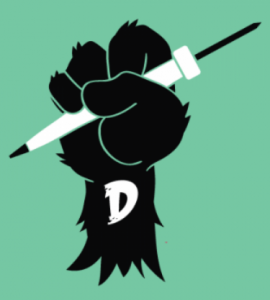 As part of the outreach of the Laser4Fun project to the general public, the “DIWOK classroom” is sponsored. This “classroom” is a workshop where youngsters among 13 and 18 years old have the chance to work with new technologies, scientific background and shared knowledge. DIWOK is short for “Do It With Others”. In fact, the first activity has been launched on “Laser cutting techniques”. The DIWOK classroom, which will open every Wednesday.
As part of the outreach of the Laser4Fun project to the general public, the “DIWOK classroom” is sponsored. This “classroom” is a workshop where youngsters among 13 and 18 years old have the chance to work with new technologies, scientific background and shared knowledge. DIWOK is short for “Do It With Others”. In fact, the first activity has been launched on “Laser cutting techniques”. The DIWOK classroom, which will open every Wednesday.